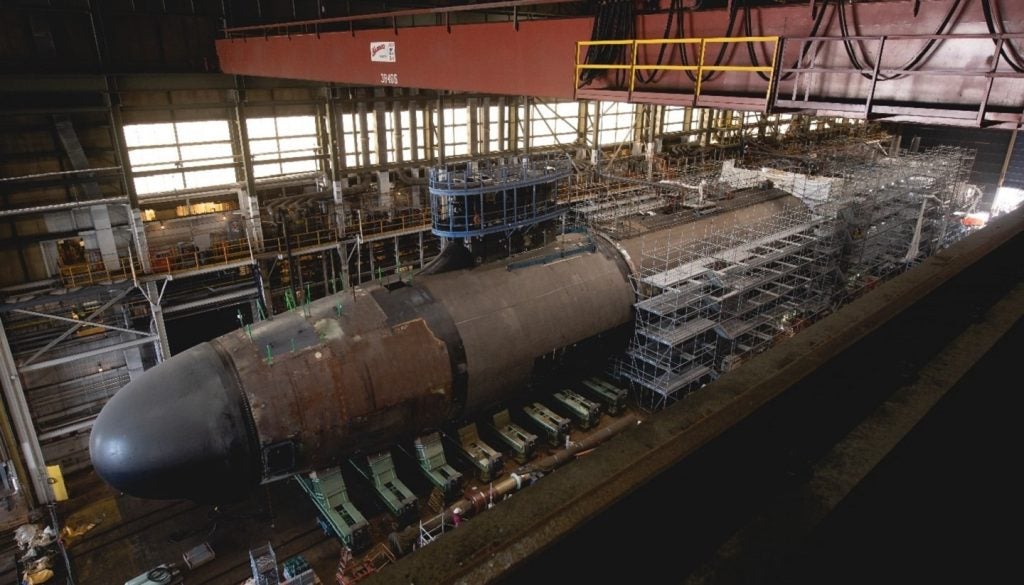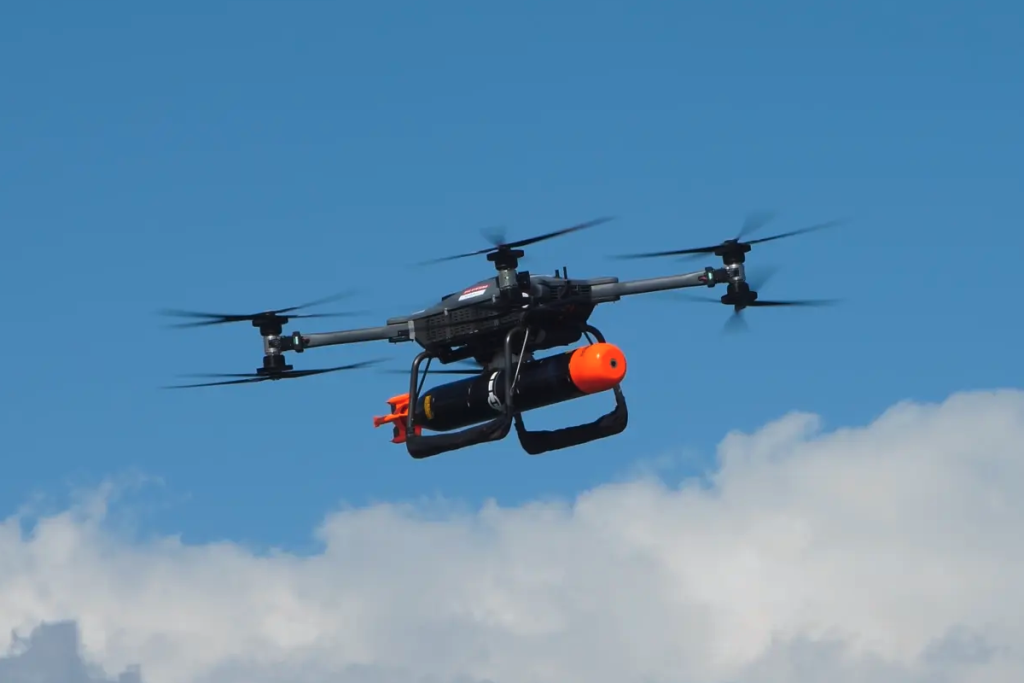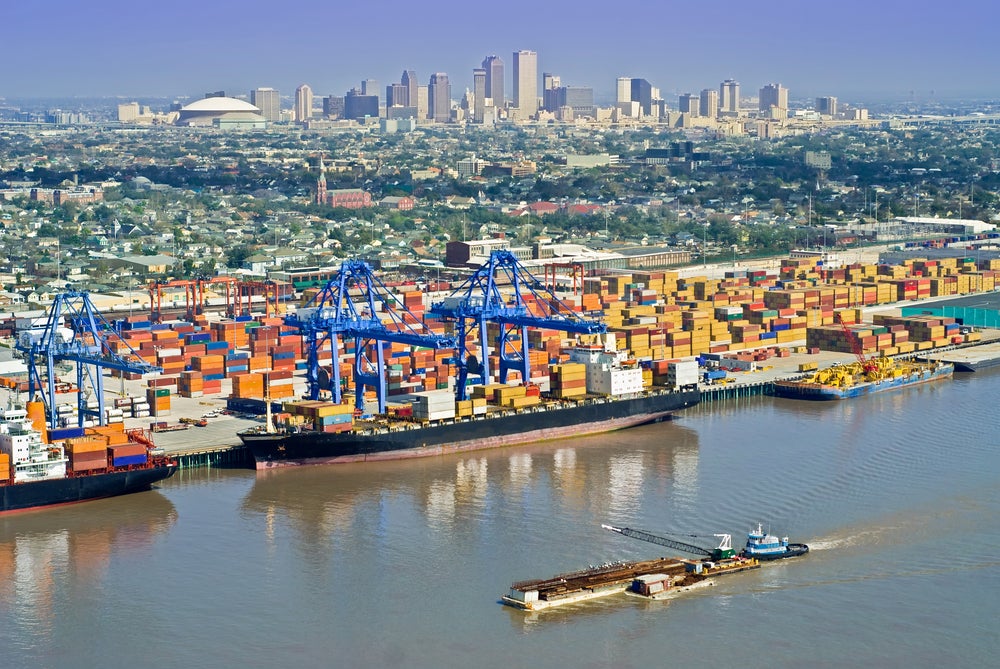The original equipment manufacturer (OEM) for the Virginia class nuclear-powered attack submarine (SSN) programme, HII’s Newport News Shipbuilding (NNS) division, has joined all the hull sections of the future USS Arkansas (SSN 800) to form a single, watertight unit – a milestone known as the ‘pressure hull complete.’
Arkansas is the 27th Virginia class submarine that will join the US Navy’s (USN) SSN fleet. This stage of development follows the recent christening of Massachusetts (SSN 798) and the keel authentication of Oklahoma (SSN 802) at NNS so far in 2023.
General Dynamics’ Electric Boat Division and NNS in Virginia are the only two naval manufacturers with the capacity to build nuclear-powered ships.
The Virginia class fleet is a major US asset. The technical superiority of the USN’s nuclear-powered submarines is a foundation of US superiority in undersea warfare, which in turn underpins the US’s ability to leverage the world’s oceans as a medium of operations and manoeuvre, deny that to others, and thereby generate a huge asymmetric strategic advantage for the the global superpower.
“It’s exciting to reach pressure hull complete, because it’s a visible sign that construction has progressed to the point where Arkansas really starts to take its final shape,” said Jason Ward, NNS vice president of Virginia-class submarine construction. “We absolutely understand the important mission ahead for Arkansas and are working with urgency to get this powerful national security asset to the [US] Navy as soon as possible.”
The current status of the SSN force structure backlog
While a Virginia class submarine is a very fast and stealthy asset, the construction of such a platform is much less so. Ward’s commitment to delivering Arkansas “as soon as possible” reveals the pressure on the USN in recent years. The service has been experiencing delays in its submarine industrial base for over a decade.
The number of SSNs either in maintenance or idle (awaiting maintenance) has increased from 11 boats (about 21% of the SSN force) in FY2012 to 18 boats (about 37%) as of May 2023.
However, Admiral Lisa Franchetti, the vice chief of Naval Operations, stated in a hearing considering her nomination to be Chief of Naval Operations before a Senate Armed Services Committee that the fraction of the SSN force not in operation has reduced to 33% as of 14 September.
The USN states that industry best practice should not have more than 20% of the SSN force in depot maintenance (and for none to be idle) at any given moment.
Although, the Virginia fleet manufacturers are bouncing back from several problems with materials discovered in previous years. This includes substandard steel used between 1985 and 2017, hull coating and defective parts.
Entering a ‘dangerous decade’
Simultaneously, the US has entered a period of intense geopolitical pressure in an emerging conflict with China, wherein both sides are currently competing for emerging technologies including artificial intelligence, semiconductor chips and hypersonics among other things.
Prompted by political anxiety, the Biden administration is committed to expanding industrial capacity for these enablers across its domestic supply chains to integrate innovative capabilities that give the Armed Forces a competitive edge.
This solution addresses capability at the expense of the USN’s force structure. With only two viable shipyards for nuclear-powered ships, the Navy hopes to expand its current force level of 38 SSNs to a minimum of 46 boats by FY2030, and around 63 units by FY2053.












